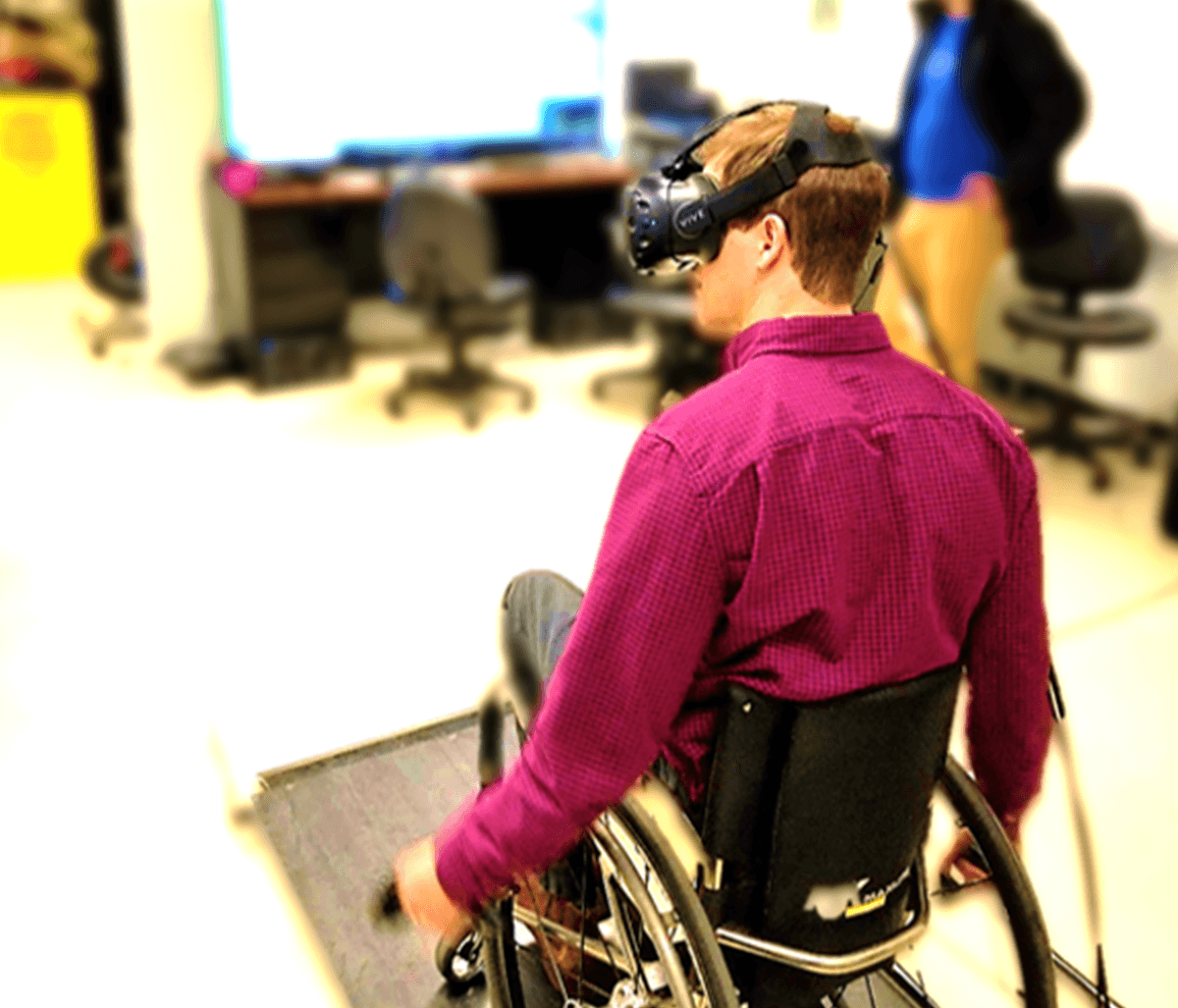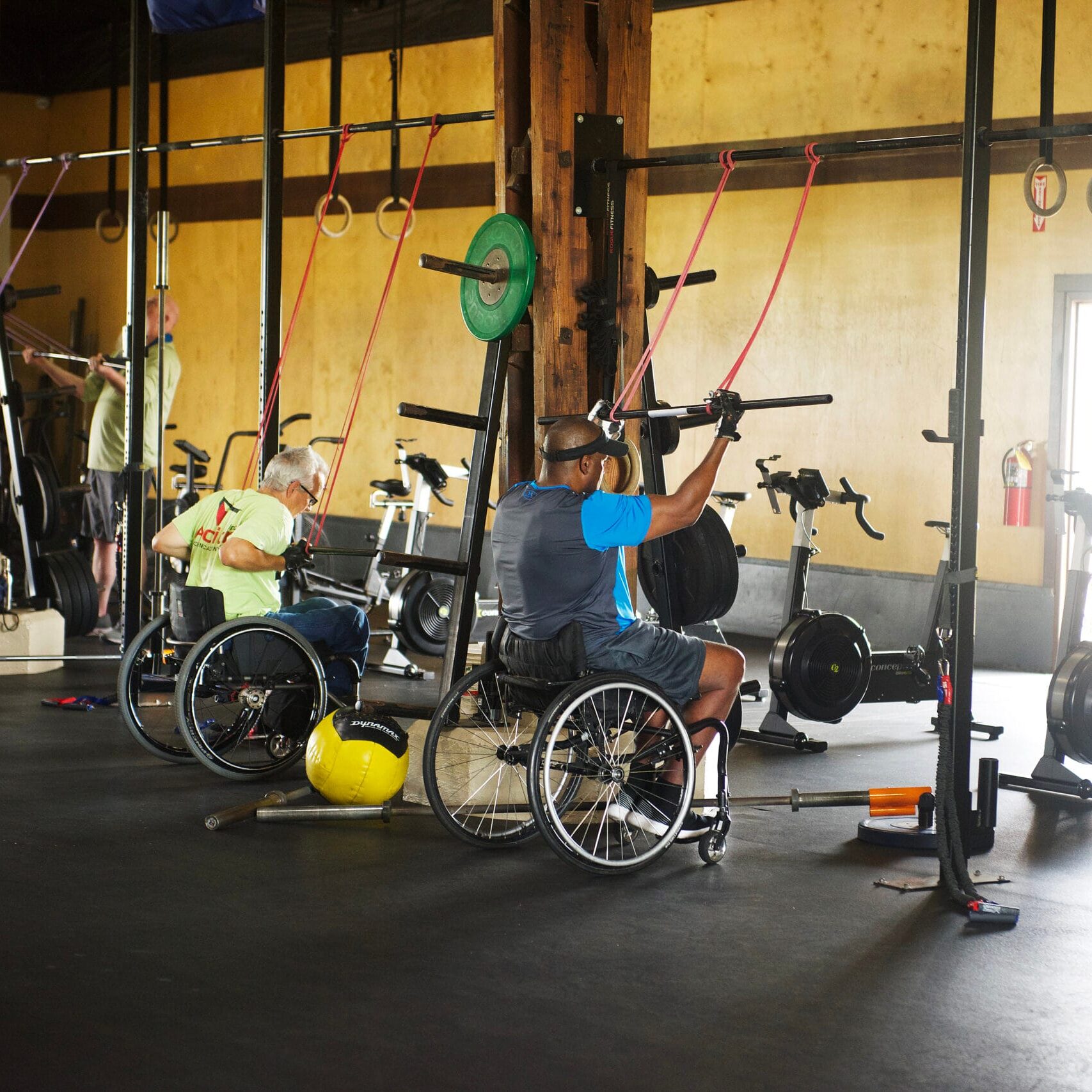
A new research study published the November issue of Brain has created a bit of a media stir this week. Why? Because it may represent an incremental advance in the long journey toward a cure for spinal cord injury.
Based on the headlines and amount of coverage you can be excused for thinking that a cure had been found. But with a bit of careful reading, it becomes clear that both the researchers involved in the study and the media who reported on it do a good job of balancing the interest of the finding with the reality of where it fits in the larger picture of SCI cure research.
In the study, researchers at Cambridge University in England inject olfactory ensheathing cells taken from the mucosal membranes of the dogs’ own noses and cultured in petri dishes for 3 to 5 weeks. Why would they harvest and inject cells from the nose into the injured spinal cord? Excellent question! The reason is that these olfactory ensheathing cells are thought to be important in connecting the peripheral nervous system and the central nervous system, allowing smell information to be transmitted from the nose to the brain. Unlike other central nervous system cells, they regenerate, and they do so on a regular basis. Researchers have been interested in these properties and, over the past 25 years, have been trying to determine if olfactory ensheathing cells can play a role in helping the injured spinal cord to regenerate.
In the current study, autologous olfactory ensheathing cells (meaning cells taken from the same individual, or in this case, cells from the same dog, that received the treatment) were injected into paralyzed dogs at the site of their spinal cord injury. A control group of dogs received injections of a fluid that lacked these cells. After a period of time, the researchers compared the dogs’ ability to walk on a treadmill to see if it improved as a result of the olfactory ensheathing cells treatment.
What the researchers found was interesting. Many dogs that received the cell treatment improved their ability to walk on a treadmill (with the help of a weight-supporting harness). The control dogs that received fluid without the cells did not improve their treadmill walking ability.
The researchers are quick to point out that the olfactory ensheathing cell treatment did not restore communication between the brain and muscles in their legs – in other words, it did not lead to true regeneration of the injured spinal cord pathways. The researchers concede that they are not entirely sure how the cell treatment led to some degree of improvement in the dog’s treadmill walking, but they suggest the cells may help signals cross the injury site through short connections.
One interesting aspect of this study is that it was done in dogs with chronic spinal cord injury. This means that the effects were not necessarily a result of protecting the injured spinal cord in the period soon after the injury occurred, but that it can have some form of effect for those that have been injured for long periods of time.
As interesting as the results are, it is important to listen to the researchers when they say that this finding is not a cure and that it doesn’t mean it will lead to a cure anytime soon. Dr. Geoffrey Raisman, who discovered olfactory ensheathing cells in 1985 reinforces this. “This is not a cure for spinal cord injury in humans — that could still be a long way off,” Raisman said. “But this is the most encouraging advance for some years and is a significant step on the road toward it.”
You can check out the research findings by reading the paper published in Brain. Currently, this article is available as a free download from the journal’s website. Click here to view the article. You can also read the story published online by CBC and ABC.



